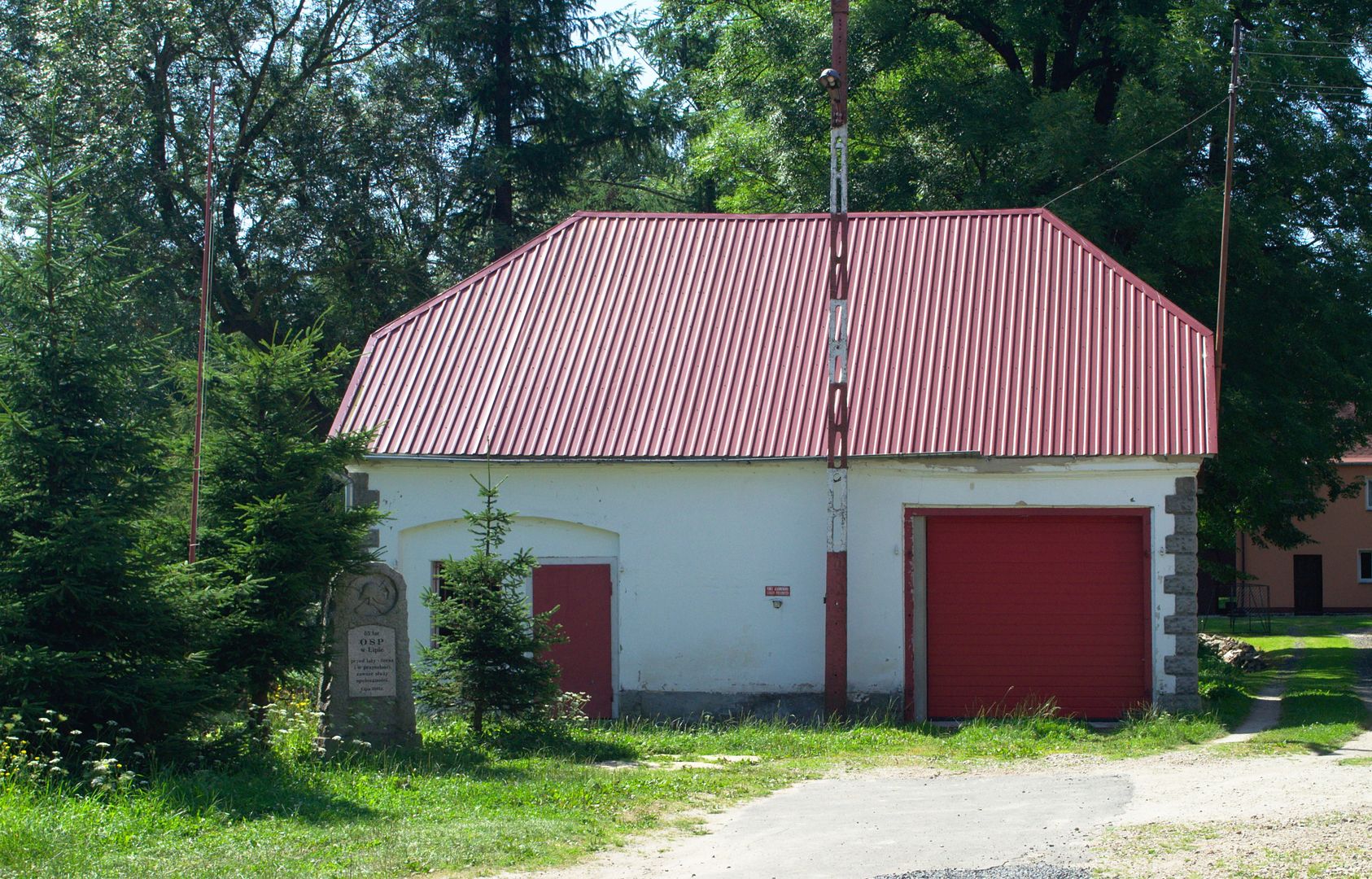Linden
6.22

Overview
Lipa is a village located in the Lower Silesian Voivodeship, in the Jawor County, known for its rich history associated with copper ore mining, which likely began in the 14th century when the village was granted the rights of a free mining town. Over the centuries, Lipa was owned by various families and was also a settlement site for the Templars, who influenced the development of local mines. The history of Lipa is also marked by numerous destructions, including during the Thirty Years' War and the Napoleonic Wars. Architecturally, the most important site is the late Gothic parish church of St. Apostles Peter and Paul, featuring a valuable triptych from 1503, as well as the palace complexes in Lower and Upper Lipa with castle ruins. Lipa also boasts an 18th-century historic villa and the remains of a gallows. Nature protection is provided by the nearby geological and floristic reserve Wąwóz Lipa (Lipa Gorge) and the boundaries of the Chełmy Landscape Park. The village has an active cultural life, with regular festivals, including Lipa Day and Children's Day. The village has a registered demographic history, with records dating back to 1305, and developing local associations such as LZS (Rural Sports Club), the volunteer fire department, and the Rural Housewives' Circle. An interesting fact is the etymology of the name "Lipa," associated with the linden tree, as well as archival records of the village in various Latinized forms. The cycling route "Trail of Castles" and other tourist attractions draw visitors, enriching the local tourism offerings.
Location
You can also find here:
2025 Wizytor | All Rights Reserved
